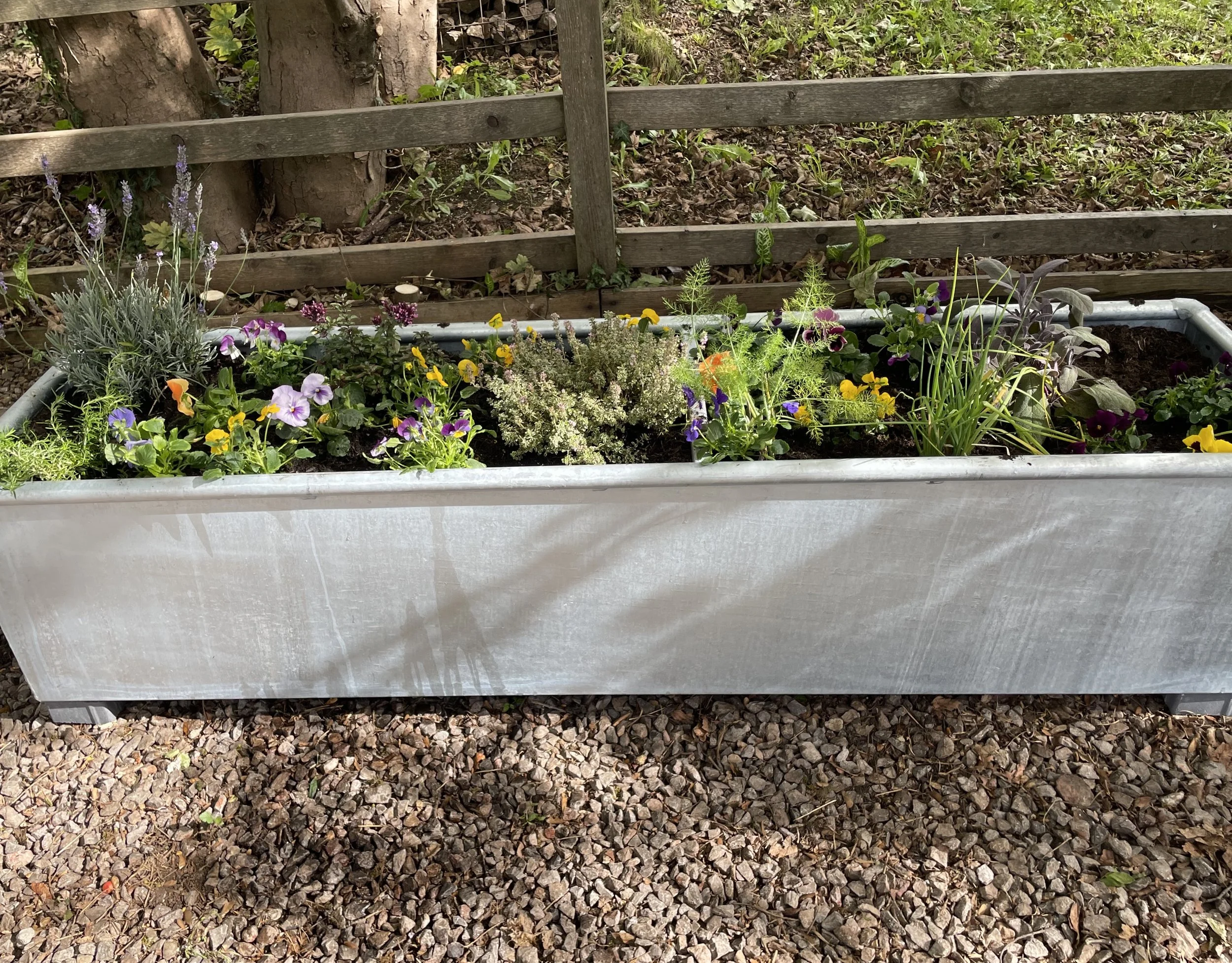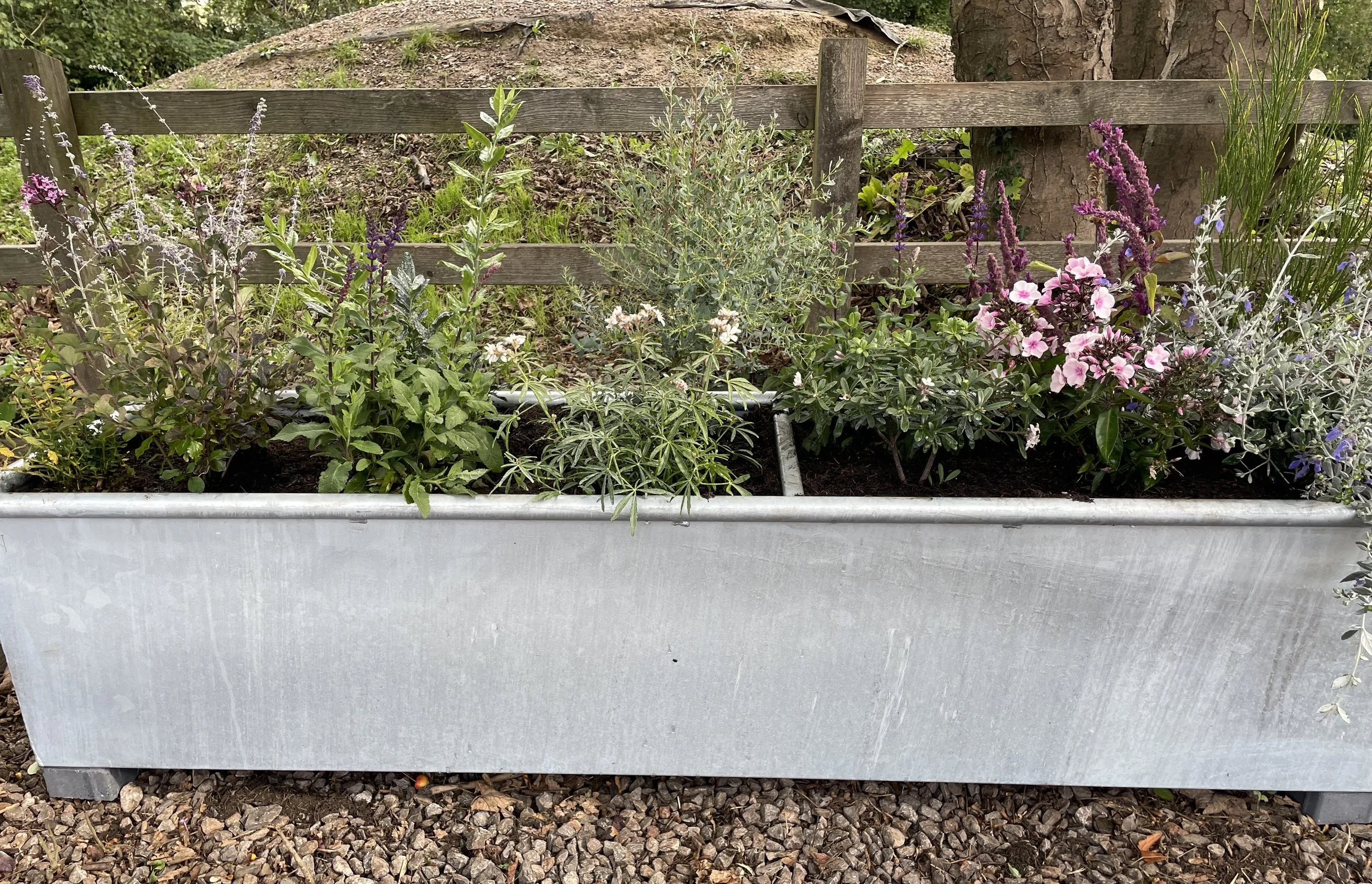
Redwood Tree
Welcome to Nunney's very special Redwood Tree.
We believe there are four of this type of tree living within the village. We are trying to track down the legacy of each one, but until then...
We chose this one on our treasure hunt as it satisfies quite a few of the five senses - sight (it's beautiful, but also changes colours all year round); sound (it makes a lovely swooshing noise swaying in the breeze); scent (as a redwood, it smells divine); touch (throughout the year it can be both prickly and soft); taste - no! Not this one, please don't eat it. But, does it satisfy your Sixth Sense? Possibly, since you have found it here!
This is a special type of Redwood that is a fast-growing conifer which grows to nearly 25 metres tall. It's called a Metasequoia glyptostroboides and is unusual in that it is deciduous, which means it will drop its leaves at some point in the autumn. Most conifers are evergreen and keep their leaves year round. How long do you think this tree has lived here - how old do you think it is?
Sight
Sight is one of the most complex senses. The eyes and brain work in tandem with nerves to process depth, light, colour and imagery. Sight is another way of taking in data to inform how we perceive the world to make decisions about our environment, our movement, and our social interactions.
Sound
The sense of sound is possibly one of our more complex senses and operates largely on vibrations. Not the Om kind, but through our body’s ability to interpret sound waves through the ear and our nervous system operated by, you guessed it, our brains! There are very tiny bones in the middle of the ear that help not only to hear, but also to keep our equilibrium, our balance, and to help us maintain awareness of our environment as well as communicate.
Taste
The sense of taste is specific to the sensation detected by our taste buds of the five basic tastes of sweet, sour, salty, bitter and umami. Taste is important because it allows us to determine if food is safe to eat. Also, maybe less true in today’s world of fast and overly processed food, it has historically enabled us to distinguish whether something is nutritious and will provide our bodies with the sustenance it requires to thrive.
Smell
The sense of smell is powerful – some say the most powerful sense we have as it is strongly linked to our emotions and memory. It works by detecting odours that are picked up by tiny sensory cells in your mouth and nose. Your brain then interprets the incoming data and links it to hazards, memories, emotions, food and many other things.
Touch
Touch allows us to perceive the world through direct skin contact that delivers information to the brain such as pain, pressure and vibration. These notifications allow us to make choices about our emotions and safety. Touch enables us to interact with our environment and develop emotional bonds. Our nerves in the skin are connected to proprioceptors in our muscles and joints which enable us to maintain body awareness that allows for mobility and coordination. The earliest days of our human cognitive and emotional development are based on sensing the world through touch.





